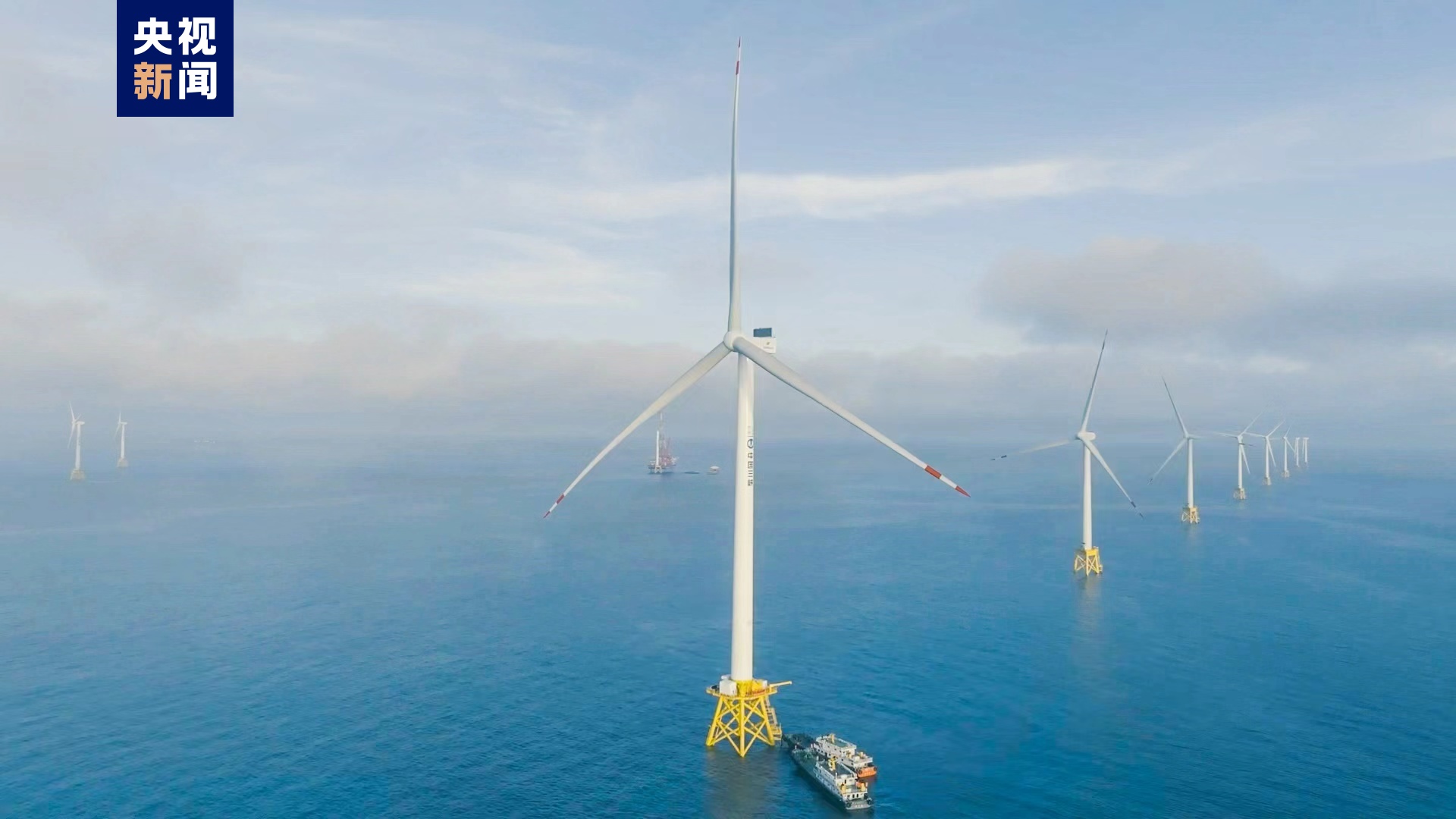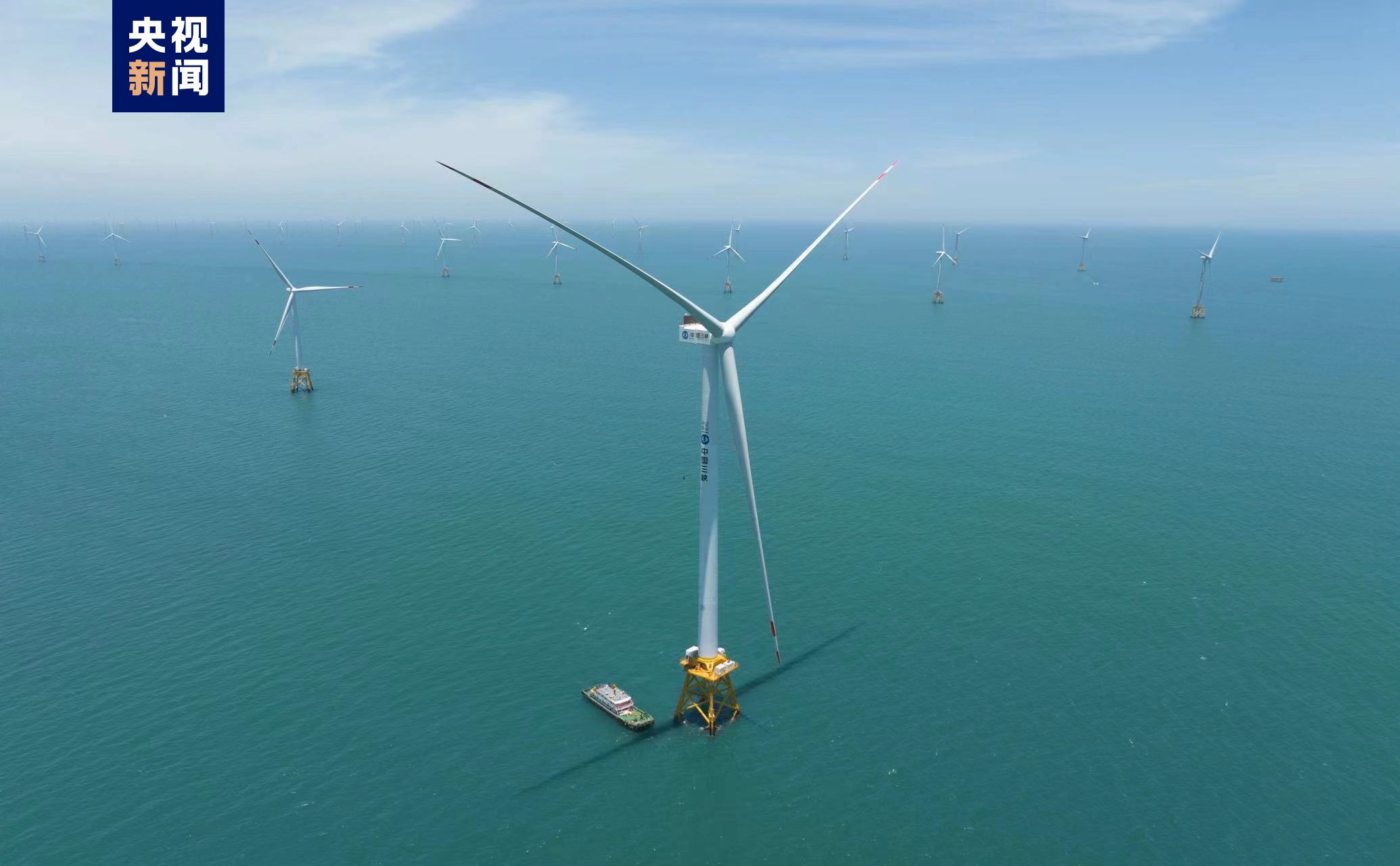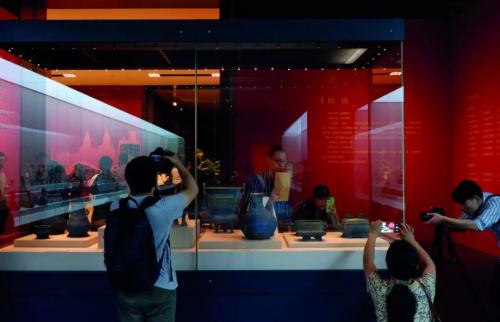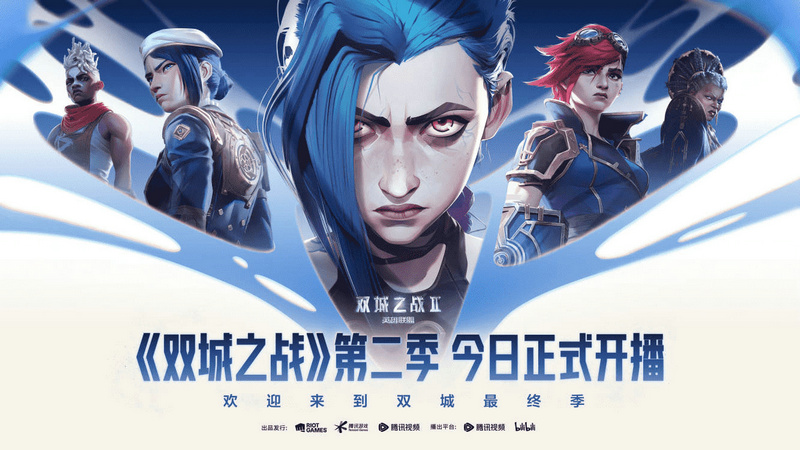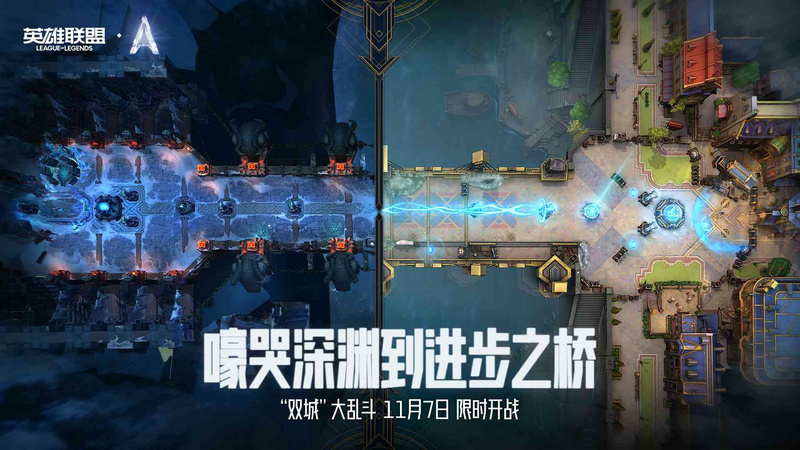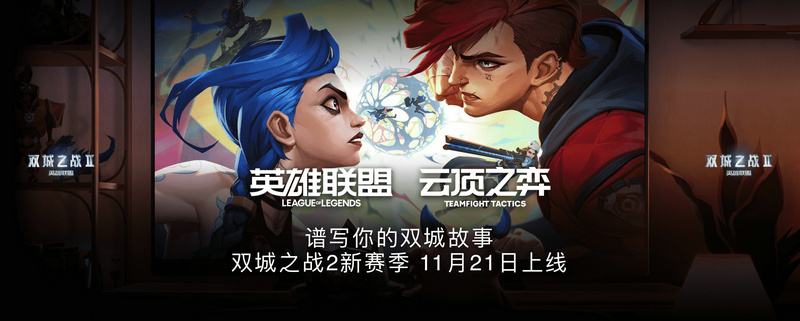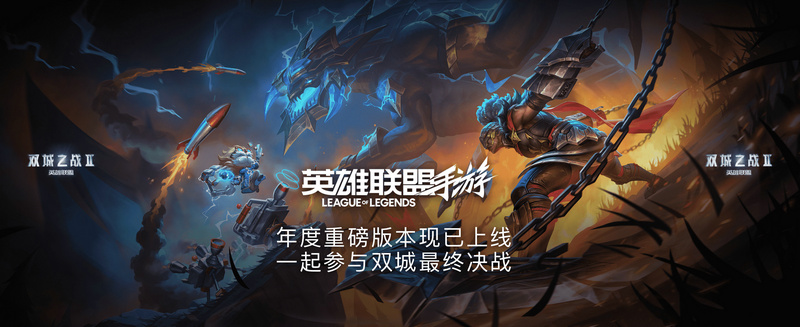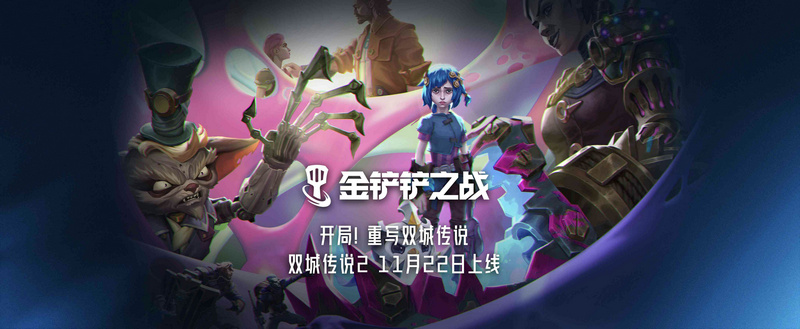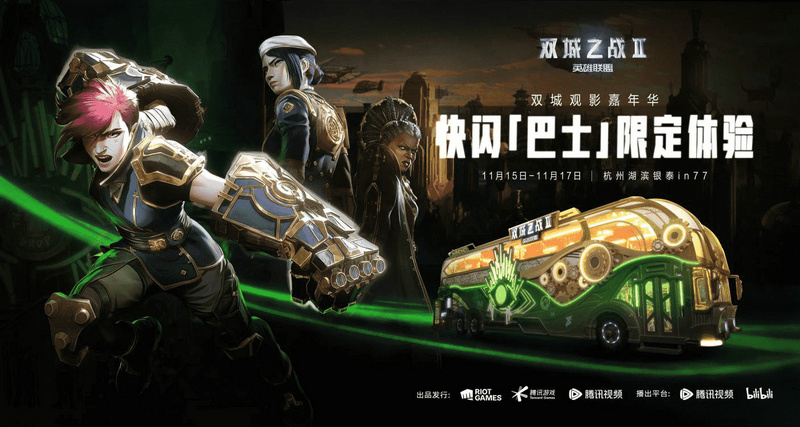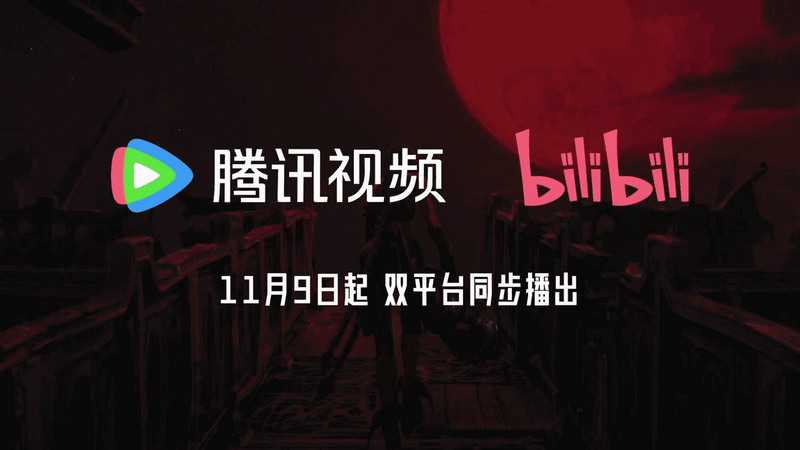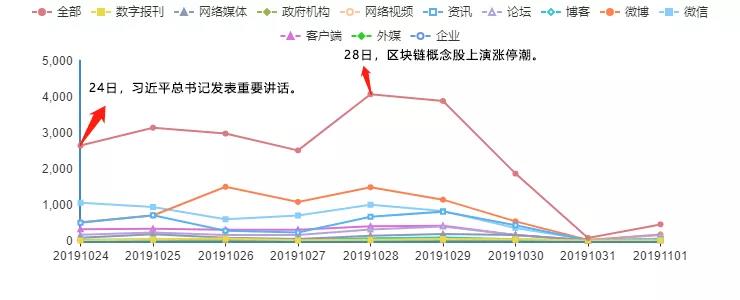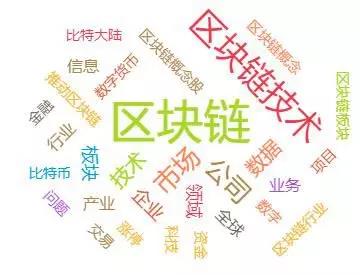"I would cross the Yellow River, but ice chokes the ferry, the Taihang Mountain will be covered with snow." Looking back, ten years is a cycle. According to IMF (International Monetary Fund) forecast, the economic growth rate of emerging markets will fall to the lowest level since 2009 in 2019, and the historical logic of mean regression has ignited the market’s longing for its bottoming out. Looking forward, ten years is a turning point. Although the short-term impact may dissipate, the long-term qualitative change has been formed, and it is doomed that history will not simply repeat itself.
Looking forward to 2020, there are three historical turning points on the road of recovery in emerging markets.
First, the main engine entered a period of fatigue.While China’s economy insists on "slowing down and improving quality", the Indian economy still lacks the steady power to take over, and the weakness of "BRICS" will restrain the rebound of emerging markets.
Second, the main mode hit the ceiling.As the debt cycle enters the second half, the debt-driven growth that emerging markets rely on is unsustainable, while the narrow policy space and rising populist risks are increasing the threat of debt deflation.
Third, the old dividend has become a new weakness.As the external pillar of emerging markets, economic globalization is easy to retreat but difficult to advance, and emerging markets will face multiple risk shocks.
Stumbling on the three historical turning points, the growth rate of emerging markets is expected to continue to fall near the low level of the ten-year cycle in 2020. The sharp contrast between the cold growth rate and the hot expectation will constitute the biggest risk of investment in emerging markets in 2020. However, conservatism is still the most important value factor, which will give China economy a comparative advantage and capital favor.
One of the inflection points: As the main engine of emerging markets, the BRICS countries have entered a period of weakness.
Different from the European Union, North America and other regions, the so-called "emerging market" has always been a loose concept, with neither close external geographical connection nor strong internal organizational coordination. Thus, since the beginning of this century, the growth path of emerging markets has been dominated by the BRICS countries relatively independently. Although there are a large number of other emerging market economies, it is difficult to have an important impact. From 2000 to 2018, the contribution rate of BRICS countries to the added value of GDP in emerging markets was about 59%. During this period, the correlation coefficient between the GDP growth rate of BRICS countries and the overall growth rate of emerging markets was as high as 0.93. In 2002, 2008, 2011, 2016 and other years, although the growth rate of other emerging economies has experienced ups and downs, the overall performance of emerging markets is still similar to that of the BRICS countries. Therefore, the trend of BRICS countries directly determines the ups and downs of emerging markets, and the collective weakness of BRICS countries will also constitute the growth turning point of emerging markets.
Looking forward to 2020, this turning point is coming. As the old engine of emerging markets, the current trend of "slowing down and improving quality" of China’s economy continues, and the desired economic growth rate in the future is expected to be steadily lowered, and the demand for other emerging economies will also be weakened.
As a new engine of emerging markets, the Indian economy may not be able to take over smoothly in the short term. On the economic level, since the second quarter of 2018, India’s economic growth rate has declined quarter by quarter, and the unemployment rate has risen to an all-time high, and it is difficult to find signs of improvement in many leading indicators in the near future. This phenomenon shows that in the case of weak structural reform and slow growth of labor productivity, it is difficult to sustain the consumption growth achieved by consuming household savings too quickly, and the demand-side stimulus of Modi government failed to enhance the long-term motivation of India’s economy. On the financial level, among the major emerging market economies, the deterioration of Indian government debt and fiscal deficit is second only to Brazil. At the same time, since the second quarter of this year, the expansion of the trade deficit, the withdrawal of international capital and the fluctuation of the local currency value are jointly weakening India’s foreign debt solvency, so the debt risk is rising.
Except India, due to low investment, high unemployment, high policy uncertainty and geopolitical conflicts, the economic growth rates of South Africa, Brazil and Russia may be slightly restored in 2020, but the rebound space is narrow. Generally speaking, 2020 will be a year in which the BRICS countries continue to be tired. In this context, it is unrealistic to hope that other emerging economies will drive the strong recovery of emerging markets, and the future growth rate of emerging markets may be weaker than market expectations.
The second turning point: as the main mode of emerging markets, debt-driven hit the ceiling.
Looking back over the past decade, the subprime mortgage crisis and the European debt crisis forced the debt risks of developed economies to be partially cleared. In contrast, since 2008, emerging markets have become increasingly dependent on the debt-driven growth model, and the debt intensity of economic growth has increased significantly. According to the statistics of BIS (Bank for International Settlements) and IMF, from the first quarter of 2008 to the first quarter of 2019, the proportion of non-financial sector liabilities in GDP in emerging markets increased by more than 72 percentage points, which was 57 percentage points higher than that in developed economies. From 2008 to 2019, the median external debt/export of emerging markets also rose from 100% to 160%. While the macro leverage level is high, by 2020, the duration of this round of debt expansion in emerging markets will also approach the historical average of the debt cycle length (15 years). As a result, in the future, emerging markets will move towards the downward stage of the debt cycle with a high probability, actively or passively, and the debt-driven growth they rely on is expected to hit the ceiling of the economic level. Under this trend, due to the limited room for "leverage" in the non-financial sector, although emerging markets will increase monetary easing with the global interest rate cut tide, the materials used to boost the real economy will be marginally attenuated, making it difficult to independently support the steady rebound of the economy.
Facing the limitation of economic ceiling, it will be an inevitable choice to deal with the downward pressure of the economy by taking active fiscal measures to ease the currency. However, the ceiling of policy and politics will be highlighted, which will constrain the active finance. From the perspective of policy space, according to IMF data, from 2009 to 2019, the average value of general government debt /GDP in major emerging market economies has climbed from about 39% to over 46%; On this basis, compared with 2009-2018, the average fiscal deficit ratio of major emerging market economies is expected to rise by 1.8 percentage points in 2019-2024, which is expected to accelerate the accumulation of public debt. As a result, the extra space available in fiscal policy to stimulate the economy is relatively limited, and the endogenous contradiction between government budget balance and economic growth may be further aggravated.

Judging from the political situation, populist forces have become a real risk in emerging markets. Since Brexit in 2016 and Trump was elected president of the United States, the rise of populism in developed economies has attracted attention, but in fact, the rising tide of populism in emerging markets has quietly surpassed the former in depth and intensity.
At the deeper level, taking Europe with more internal comparability as an example, in the second quarter of 2019, among the top ten European populist parties, emerging economies occupied eight seats. Among them, Hungary, Poland and Czech Republic, which are regarded as the recovery engines of Central and Eastern Europe by the market, rank first, second and third respectively. The developed economies only have two seats (Italy and France).
On the strength level, in emerging markets in Latin America, such as Brazil, Chile and Venezuela, populism has shown an extreme trend. Based on this, following the developed economies from 2016 to 2019, the long-accumulated populist risks will break out in emerging markets such as Central and Eastern Europe and Latin America in 2020. This risk will disturb the internal policy rationality and resonate with the external geopolitical game, which is expected to increase the sovereign credit risk of emerging markets and the financing cost of financial institutions, thus amplifying the possibility of triggering "debt deflation".
The third turning point: located in the era of global chaos, the old dividend is becoming a new weakness.
Based on a longer-term historical perspective, in the 30 years since the end of the Cold War, the relatively stable international order and the continuous promotion of global economic integration have built a long-term fast lane for the development of emerging markets. However, due to the drastic changes in the international environment in 2018-2019, the external dependence of emerging markets has degenerated from dividends to weaknesses, and will be manifested from three levels in 2020.
First, the peak of trade friction impact is approaching.Although the global trade game has shown signs of easing since September, the cost accumulated by the previous friction still needs to be cleared. In this round of shocks, the pressure on emerging markets is expected to be higher than that on developed economies. According to the latest forecast of IMF, the negative impact of trade friction on global economic growth in 2020 will rise to the peak in 2018-2023. Moreover, taking G20 members as an example, the negative impact of trade friction on the economic growth of emerging markets in different scenarios is stronger than that of developed countries; The worse the game situation, the wider the impact channels, and the more obvious the difference in intensity. Even if the trade friction measures announced after August 2019 are removed, the above-mentioned difference in impact intensity is expected to reach about 0.24 percentage points.

Second, commodities continued to slump.Against the background of weak global aggregate demand and slowing industrial production, it is difficult for the price centers of energy commodities such as oil, coal and natural gas to rise in 2020. Although short-term supply and price fluctuations may occur due to geographical conflicts, meteorological disasters and other factors, it lacks continuous assistance to the income of energy exporting countries. At the same time, base metal commodities will return to weakness. According to the IMF’s forecast, the global base metal price index will end the rebound in 2019 and turn to a marginal decline of 6.2 percentage points in 2020. Considering that 67% of developing countries’ economies are dependent on commodity exports, the international market downturn in 2020 is expected to drag down the recovery of emerging economies.
Third, the shadow of currency risk is hard to disperse.Although the loose stance of the Federal Reserve in 2020 is expected to lead the US dollar index to decline gradually, it does not mean that emerging market currencies can sit back and relax. The experience in 2019 shows that geopolitical conflicts have a higher influence on the currency trend of emerging markets in the short term than the Fed’s interest rate cut process. With the long-term global trade game and geopolitical conflict, emerging market currencies may encounter staged and structural risk shocks in 2020, and thus move towards performance differentiation. According to our calculation, if the above shocks occur, the ten most dangerous currencies in emerging markets are: Venezuelan Bolivarian, Argentine peso, Indian Rupee, Brazilian real, Turkish lira, South African rand, Indonesian rupiah, Malaysian ringgit, Belarusian rouble and Vietnamese dong.

There is no shortcut to crossing the turning point, and the emerging rebound may be late.
Facing the three historic turning points, emerging markets need to accelerate structural reforms internally; In order to adapt to the new global trade system of intra-industry trade regionalization and inter-industry trade globalization, it is necessary to expand its opening to the United States and actively build regional trade agreements with other manufacturing powers. There are no shortcuts to these countermeasures, let alone a year’s work.
Based on the above analysis, we can draw the following three inferences.
First, the strong rebound in emerging markets is expected to be late.In 2020, emerging markets will still be in the long-term process of crossing the historical turning point, and the growth rate is expected to continue to fall near the low level of the ten-year cycle. As a whole, it is difficult to see a sustained and strong growth rebound.
Second, expected reversal will be the biggest risk.In 2020, under the pressure of low interest rates and asset shortage in developed economies, international capital will be forced to seek high returns from emerging markets, thus enhancing its imagination of bottoming out in emerging markets. However, once this expectation seriously deviates from the weak growth of emerging markets, the hard facts will eventually shatter the illusion. Fast forward and fast out of capital will touch the debt risk and exchange rate risk, and the roles of "honey" and "arsenic" will switch more frequently.
Third, robustness will be the most important value factor.Under the threat of expected reversal, "steady low growth" is more valuable than "fragile high growth" As analyzed above, from the perspectives of debt risk, exchange rate risk and populist risk, compared with other emerging markets such as India, Central and Eastern Europe and Latin China,’s economy "slowing down and improving quality" still has a high stability, which is expected to gain value advantages and capital favor.
(Cheng Shi is chief economist, managing director and head of research department of ICBC International, and Qian Zhijun is senior economist of ICBC International)














